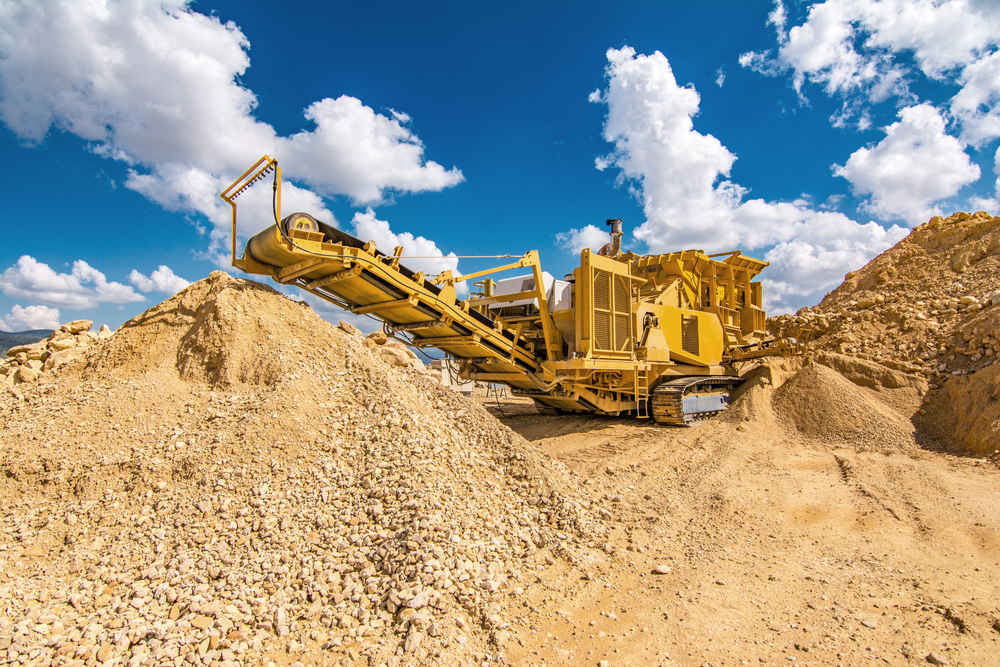
How Computer Vision and Machine Learning is Revolutionizing the Aggregate and Cement Industry
The conservative and traditional reputation of the cement industry is easy to understand. After all, cement and concrete date back to the Roman Empire, and crushed rock or aggregates have been the basis of infrastructure and transportation since the Industrial Revolution. So, it is not the first sector that comes to mind for the use of cutting-edge technology. In spite of its reputation, the industry has applied advanced computer vision to analyze complex rock images for the purpose of rock type classification dating back to the 1990s. But it is only in the last few years that the potential to apply this technology to facilities and vehicle management has become feasible. In an age of rapid technology innovation, computer vision offers continuous, cost-effective visibility to operations, while using artificial intelligence to interpret what is occurring in every aspect of the site. This includes how people, equipment and materials interact. It monitors activities while generating feedback based on operator parameters, all in real time. These parameters can be customized to the needs of the business bringing solutions to unique problem areas.
Vehicle monitoring While there has been wide usage of GPS/GSM/GPRS systems to improve over-the road truck tracking, they lack the granularity to effectively manage vehicles and equipment within a plant or yard. They also lack the ability to watch the action at a site like a set of eyes. Computer vision is a way to replace human eyes and complement GPS within yards, depots and distribution centers. New computer vision systems use minicomputers with cameras that are easy to install and do not require integration into existing systems or infrastructure. Some even provide their own cellar connection to the cloud for real-time reporting and alerting. Unlike security cameras that require humans to review hours’ worth of images, computer-based monitoring systems use artificial intelligence to only signal events of interest or concern such as foreign materials inside an empty truck, speeding vehicles, a person not wearing a hard hat in a designated area, or a vehicle left unattended for an extended period of time, etc.
The above graphic shows the detailed drill-down possible with a computer vision monitoring system that not only graphically captures each event but visually shows items of interest such as the truck on the scale and a further drill down to its scale reading.
Each vehicle is logged in automatically by reading its licence plate. Its total time in the yard and the number of daily trips is also displayed. Unlike GPS-based systems, computer vision tracks all vehicles in a facility, not just the organization’s. The graphics captures the detailed drill-down possible with a computer vision monitoring system that not only graphically captures each event but visually shows items of interest such as the truck on the scale and a further drill down to its scale reading.
The next generation Passive and unobtrusive computer vision combined with real-time monitoring are working at a wide variety of facilities and yards. It is truly the next generation of vehicle and equipment monitoring regardless of type, size or ownership. Computer vision also overcomes the age-old Hawthorne effect in which people act differently when being watched and measured. Typically, the operation improves as the surveillance continues, but then reverts back to earlier, less productive levels after the observers depart. This a big reason why a majority of Lean and Six Sigma projects are deemed a failure by their sponsors. Infective and limited sampling techniques using a clipboard and stopwatch are replaced by continuous monitoring – there are no sample size issues as all the data can now be evaluated.
With computer vision’s continuous monitoring and alerts, managers need not be on site to manage plant and yard operations. This is especially helpful for those with multiple site responsibilities or responsibility for managing very large integrated plant sites. Managers will now have control of on-going operations and be able to quickly respond to and resolve issues before they get out of their control. Finally, managers will have a wealth of new insights upon which to make continuous improvements truly continuous.

